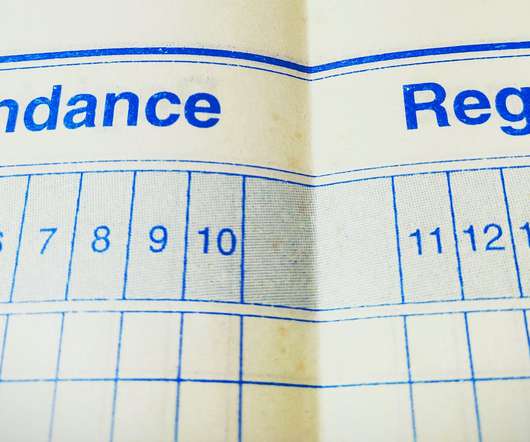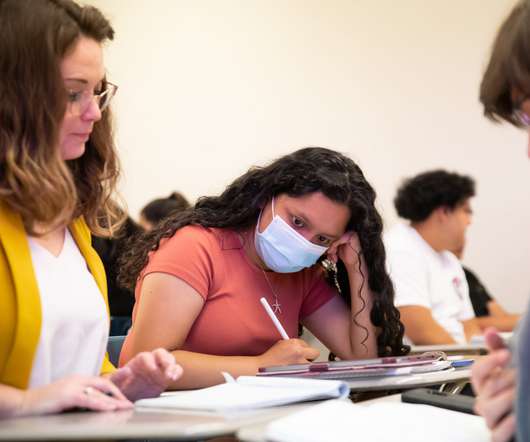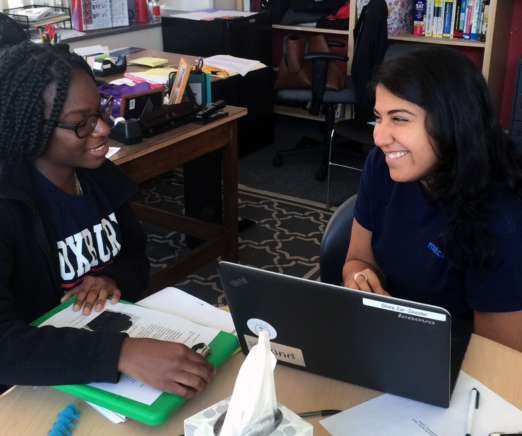What is an intelligent learning platform for schools and universities?
Neo LMS
APRIL 5, 2022
Especially during the past two years, the interest and necessity of online learning have skyrocketed. . Students have continued pursuing their studies despite prolonged lockdowns through platforms such as learning management systems (LMSs) and video conferencing software. Lower dropout rates.




























Let's personalize your content